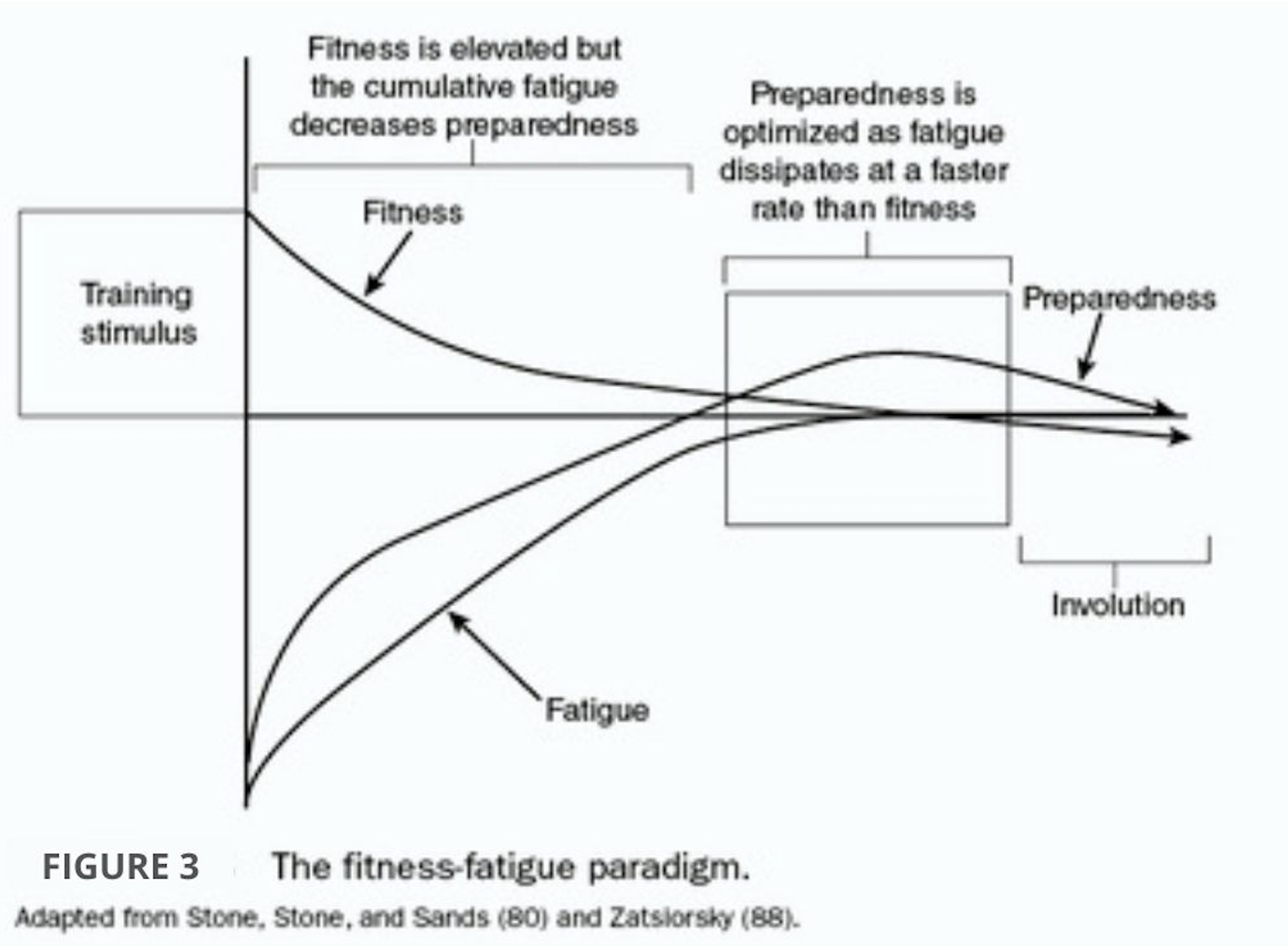Periodisation Principles
By Brandon Greco
Periodisation is more than just progressive overload and deload’s every 3-4 weeks.
Understanding core principles of periodisation allows us to more accurately manage physical, sometimes mental/emotional stress, recover and progress in the right direction with few hiccups.
#1 General Adaptive Syndrome - GAS
First conceptualised in 1956, GAS describes the body’s specific response to stress, either physical or emotional. These physiological responses appear to be similar regardless of the stress.
The first stage of this syndrome is the alarm phase, where the body recognises a stress and physical performance initially drops.
The second phase is the resistance phase, where adaptation occurs and we see a return, if not a rise above baseline performance.
Super compensation is the third phase where we hoped to see a big rise in performance to the alarm phase’s stress.
The fourth and final phase we hope to avoid. If the initial phase stress is too high we enter the over training phase and a big drop in performance.
Though it does not explain all the response to stress, it allows us a model, see figure 1, that explains the adaptive responses to training stimulus.
#2 Stimulus - Fatigue - Recovery - Adaptation
When we apply stimulus, again either physical, mental or emotional, we encounter a response that has been termed the ‘Stimulus - Fatigue - Recovery - Adaptation Theory’.
In short, stimulus is introduced and we see a fatigue response where performance and readiness drop, a recovery phase and adaptation phase is initiated to bring our performance and readiness back to, or above, the baseline performance marker.
Though if no new stimulus is introduced after this cycle what we see eventually is a decline in baseline performance.
This applies to us as coaches and athletes as the recovery and adaptation phase is directly related to the amount of stress stimulated initially. The bigger the training stimulus, the longer recovery/adaptation phase required before introducing the new stimulus. And vice versa, short bouts of training stimulus can allow for higher frequency due to less recovery time needed. This can occur session to session, weeks within a meso cycle or across training phases.
See figure 2.
#3 Fitness Fatigue Paradigm
The fitness fatigue paradigm allows an insight, but not a complete picture, into the relationship between fitness, fatigue and the preparedness of an athlete.
By looking at figure 3 we can see the relationship between fitness and fatigue, fitness decreasing after training stimulus is introduced at a similar rate that fatigue increases, while the athlete/client preparedness increases at a rate higher than that of the fatigue.
#4 Micro Date over Macro Data
After setting the structure of the overall plan out in the macro cycle into each meso and micro cycle, I then set out to periodise micro data tracking (nutrition, sleep, blood pressure, resting heart rate, blood glucose, recovery protocols etc.) and match it to the corresponding mess cycle.
As each phase should bring about a different training outcome in line with final overall goal, some micro data will take priority. I.e. if we are in a metabolic conditioning block and overall fitness is key, data like resting heart rate, blood pressure for me will take priority.
Being able to balance these for principles across the 52 week plan I believe will derive not only the most top level of performance from the athletes and clients we coach, but also allow us to extract and manipulate the data in front of us to enhance and progress each cycle.
Jay Hoffman & NSCA 2011, Human Kinetics, accessed 27 February 2022, https://canada.humankinetics.com/blogs/excerpt/understand-the-general-principles-of-periodization



